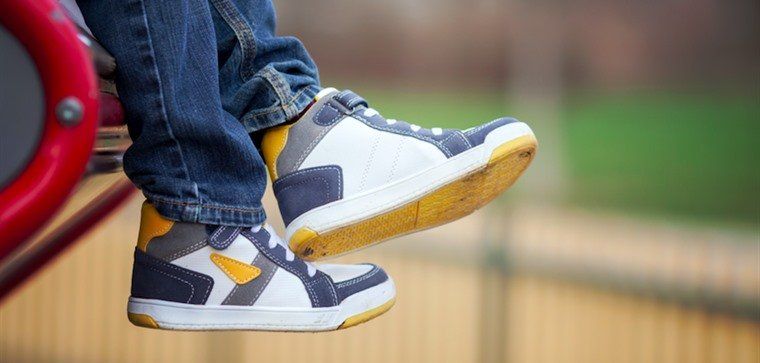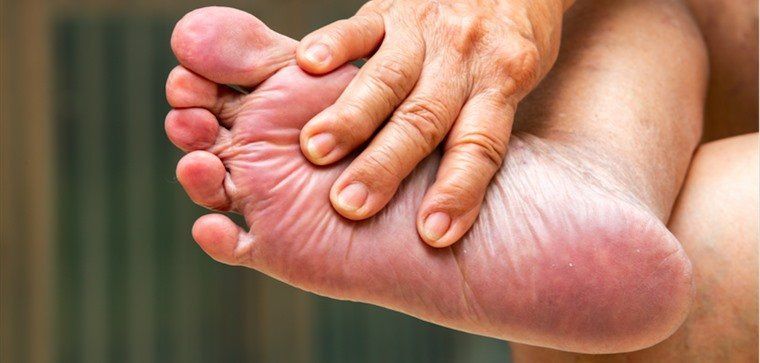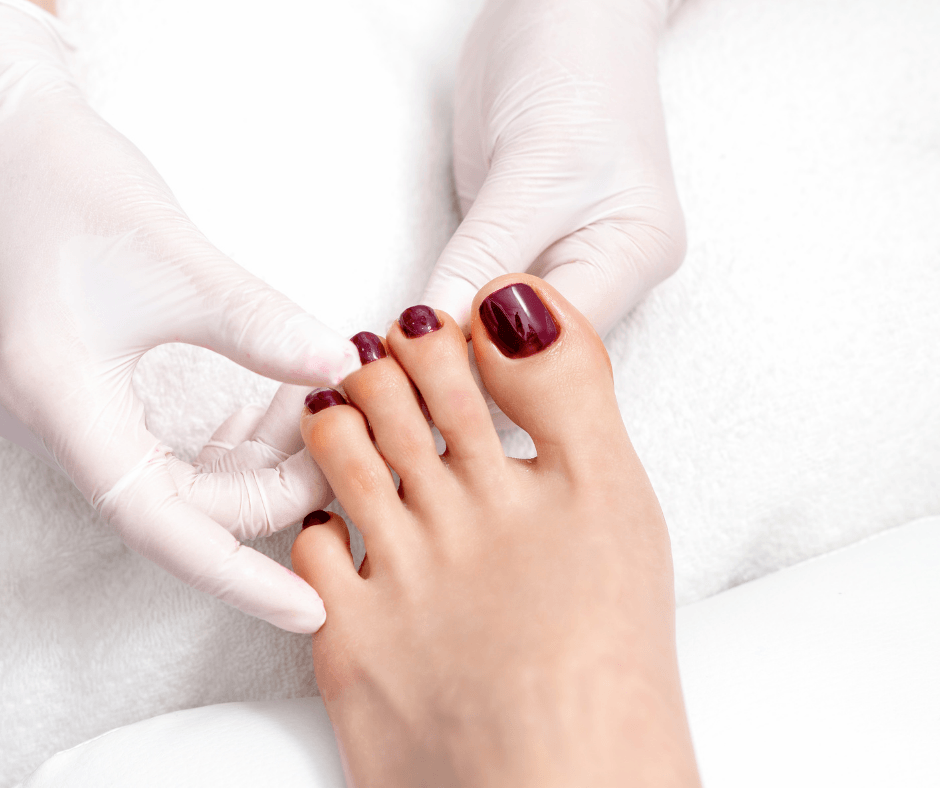It Shouldn’t Hurt To Grow- Ryan’s Miracle Story

Here’s a story I like to retell because as you know I’m a faith driven man. But when the good Lord uses me to help someone in pain and help cure that condition, there is no better feeling for me on this earth.
Let me tell you about Ryan. I first met Ryan when he was 11-years-old. For most boys his age, walking, running, and playing hard are as natural as breathing, but that was not true for Ryan. When he walked, his feet hurt. When he jogged or tried to run with some speed, the pain was almost unbearable—and so he stopped making the effort.
“He first started complaining about pain in his feet when he was five,” said his mother, “and we went to his pediatrician for a checkup. The doctor told me his very flat feet were not a problem, that this was a very common condition in youngsters, and that he would outgrow the discomfort and be fine. But as time went on he continued to have pain, and by the time he was 10 it was radiating up into his legs. That’s when I knew we needed to have a specialist look at his condition.”
Understand, flat feet are considered normal in childhood development until around the age of nine, and it is true that most children do outgrow their flat feet. But when there is persistent pain, the condition needs careful evaluation. It shouldn’t hurt to grow.
When I examined this youngster, it was clear there was a problem. He was very flat-footed. His legs and knees were internally rotated, and he walked clumsily and had a clumsy gait. Because of his foot pain, he was becoming a couch potato, and he simply couldn’t play any kind of active sports.
I’m not quick to jump into surgery. It’s always the last resort when more conservative methods fail to bring relief. For a situation such as Ryan’s, there were non-surgical options, and we considered them all and tested them carefully but the pain continued.
All measures needed to be evaluated in the context of Ryan’s age. This type of surgery is ideally done between the ages of 10 and 12—when it’s clear, on the one hand, that the child will not outgrow the condition, and, on the outer age, before bone becomes so mature that it compromises the outcome.
Because of all of these factors, I finally recommended to Ryan and his mother that he have corrective surgery—and in fact, we built him a new arch in both feet, at six-month intervals. After each operation, Ryan was in a cast for nine weeks.
I emphasize that a critical factor with this surgery is selection of appropriate candidates. It is vital that this procedure be done on a child who is naturally active, and who will, after healing and rehabilitation; engage in a whole range of vigorous childhood activities. I had concern about Ryan in this regard, because when he came to me he was a very quiet and retiring boy. He spent much of his free time playing video games. But his mother assured me that when good weather came Ryan would be outside, playing with his friends. And, in fact, that happened. For an inactive child, it’s possible that this type of surgery can do more harm than good. But for Ryan it was a life changing difference.
Here’s a little more background. Ryan’s condition required an osteotomy, a surgical sectioning of bone. There is a law in medicine that fits this case, and it says simply that ‘structure dictates function and function dictates structure.’ Ryan’s feet as a very young child grew in a way that resulted in a misshapen structure—his foot—and he spent the first decade of his life attempting to adapt to that fact. Some children with flat feet have no problems at all, and require no medical care. But Ryan’s condition was exacerbated by a tight Achilles tendon.
Surgically, we used three very small incisions to permit us to loosen the tendon in the back of the leg. And then, in the process of building an arch for this young boy, we added very small bone grafts. Within a short time, that new bone is absorbed by the body and disappears, leaving a newly shaped bone that provides a proper arch. Ryan wears custom-designed orthotics for support, and both of his feet now have an arch.
His mother said she thought this was a miracle operation, and I shared her pleasure with the way this procedure gave Ryan what he wanted most of all: the chance to be an active youngster, out playing basketball and football with his friends every day.
I’ll say this every time I write, when you come in to see any of our doctors at Central Carolina Foot and Ankle, we’re going to listen to you first, then closely examine your feet, probably watch you walk, obtain x-rays or other diagnostic tests, and then explain to you what we think the problem is and how we think we can resolve it. We want you to understand why you have foot pain and we want the treatment plan to make sense to you. Because educated, informed patients usually do what it takes to get well. We figure we are in this together. It you are experiencing pain while walking or other problems with your feet please call our office (919)477-9333 and let us help you start working on the solution!



